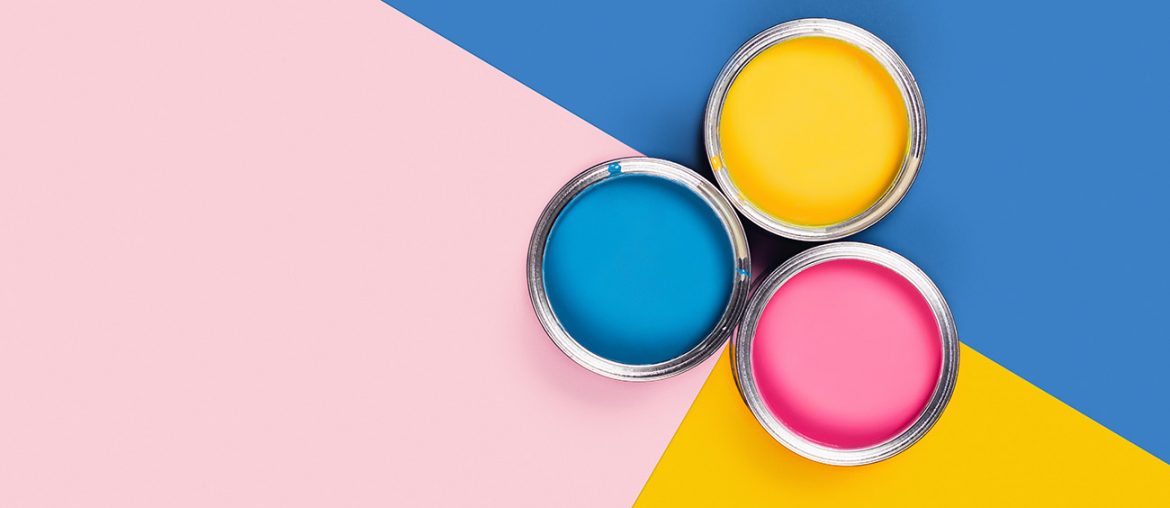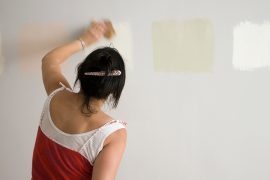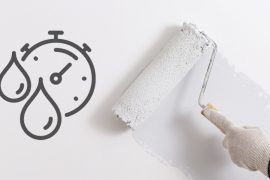We all want our projects to go as smoothly as possible: very little complications and issues, no money-wasting mistakes, and definitely no do-overs. Your first line of defense against project headaches? Knowledge. Arm yourself with correct know-how to avoid the most common mistakes DIYers make when painting. Here are three when it comes to paint compatibility:
Mistake #1: Not Checking If the Paint is Right for the Surface
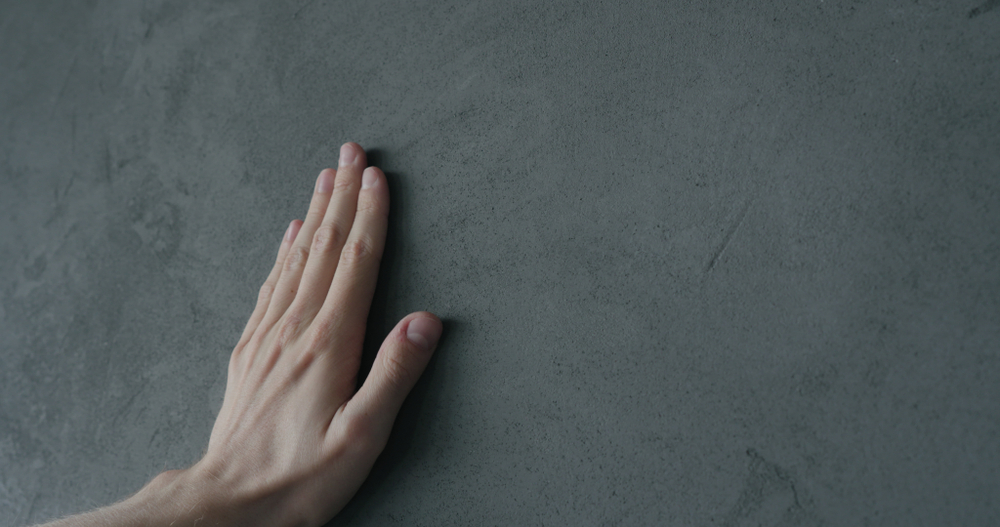
Let’s say you’re currently painting your kitchen cabinets—which are made of wood—a shade of cream. Then you decide you want to have your kitchen walls—which are made of concrete—in the same color. Should you just use the same bucket of paint since you have it there already? Short answer: NO. You’ll encounter paint problems down the road if you do.
Experienced painters will know that you can’t use the same bucket of paint for all types of surfaces. Each paint product is specifically formulated for the surface they’re meant to be applied on. This is to ensure good adhesion and to provide adequate protection to the surface.
Hence, paint that’s manufactured for wooden surfaces, for example, will work best on wooden surfaces. To put it simply: wood paint for wood, concrete paint for concrete, metal paint for metal, and so on.
Learn more about matching the type of paint for the type of surface, including the problems you could encounter if you don’t, in this easy-to-understand guide: Common Painting Mistakes: Using the Wrong Type of Paint for the Surface.
Mistake #2: Thinking All Primers, Putties, and Paint Can Go Together
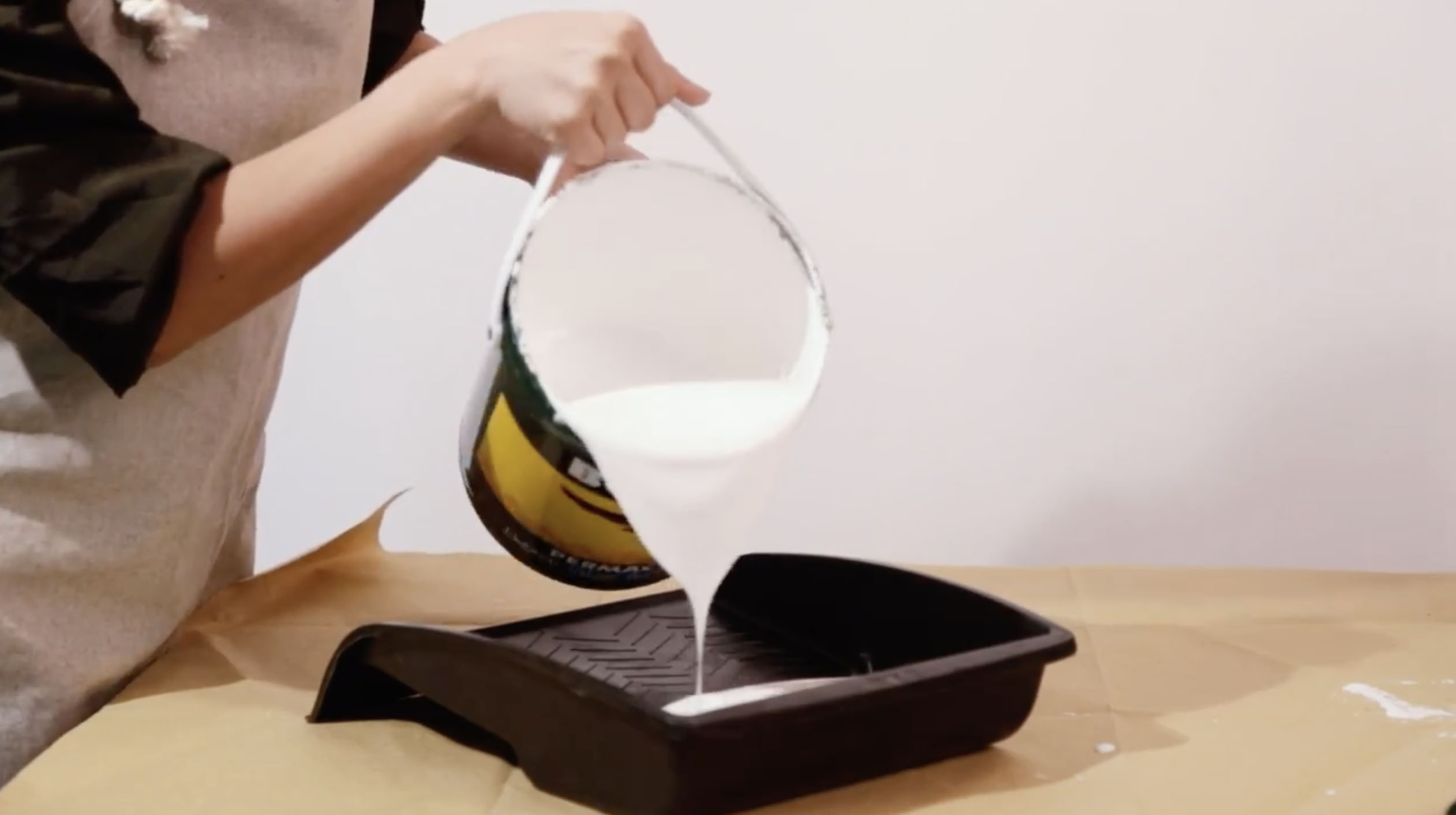
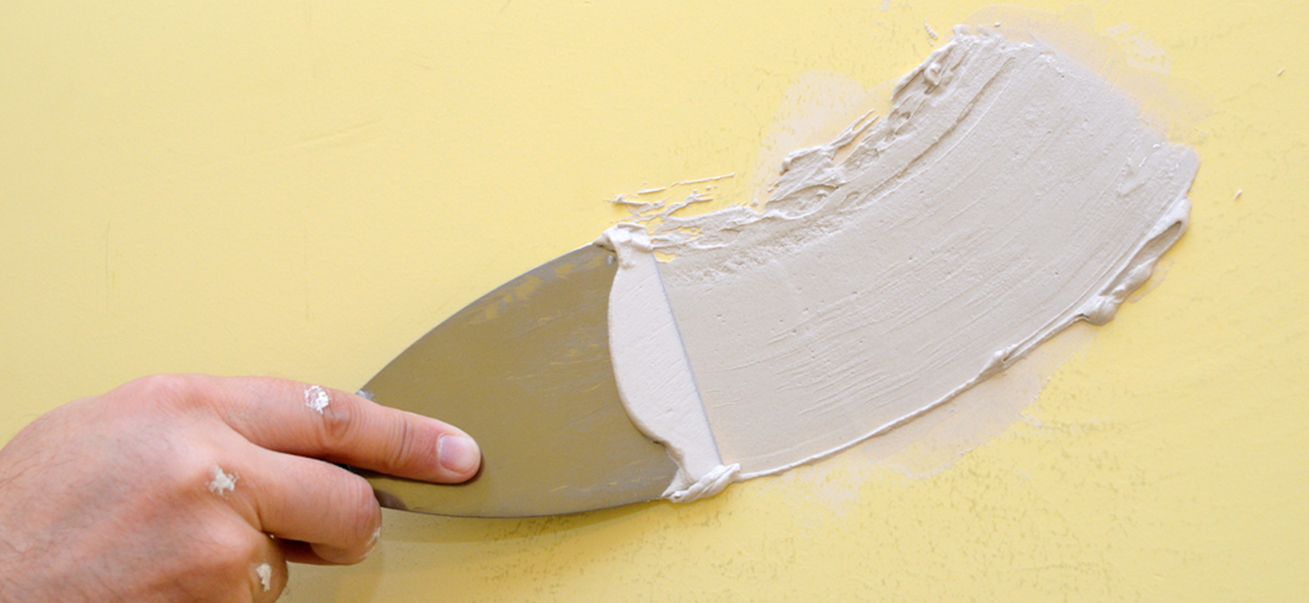
This time, you’re repainting your bedroom wall. You’ll need to buy a primer, putty, and paint at the hardware store. Should you just grab whatever product you fancy on the shelves? Again, the short answer is: NO.
Here’s something important to always remember: not all paint products (primer and putty included) go together. And, the reason for this, just like Mistake #1 above, boils down to compatibility. All paint products are manufactured differently and each has properties and formulations specific to its intended use. Use primer that’s not compatible with your topcoat, for example, and you could end up with an unwanted adverse reaction you’ll have to deal with—no, thank you.
The best and easiest way to know which products go together is to check the painting schedule. A painting schedule is essentially a quick guide for the other necessary products that are compatible with your already chosen product. It’s basically a cheat sheet and every Boysen product comes with it.
Once you have chosen a paint product, say a topcoat (a.k.a. your preferred paint color), a quick look at a painting schedule will tell you which other products will go with it and in what order they should be used. Easy, right? Learn more about painting schedules here: Painting Schedules: How to Read Them and Why They’re Important.
Mistake #3: Mixing Different Paint Products
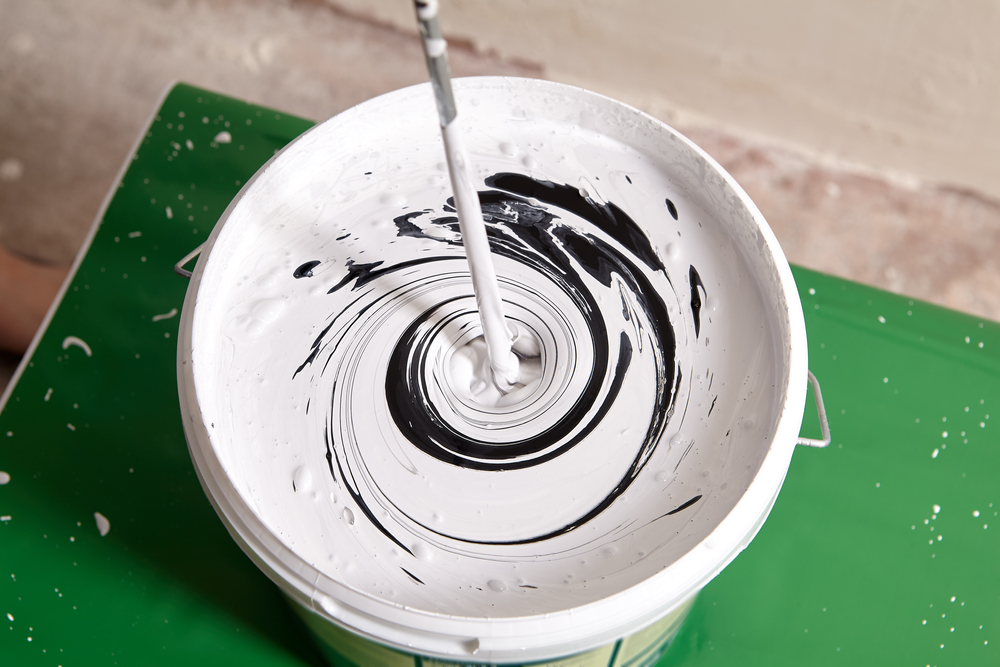
Most will know that it’s probably not wise to mix two different products. Still, it must be reiterated. Avoid doing this, please! This is true even if you’re mixing paints of the same type. Again, the formulations of the products still differ and you may just end up wasting your money and effort with your experimenting.
If you’re mixing different paint products to achieve a particular color, Boysen has thousands upon thousands of paint colors in its archive! Check out The Color Library and the Boysen fan decks if you’re still doubtful. You’ll definitely find the color you want—or something very close to it.
Mixing is okay when you’re working with paints that are supposed to be mixed. One example is Boysen Colorants. Just make sure you match the correct colorant with your base (find a quick guide here) and that you follow the recommended ratio. Another example of when mixing is necessary is for paints that come with catalysts like Hudson Polyurethane Floor Varnish. Again, remember to follow the ratios and take note of the product’s pot life after mixing.
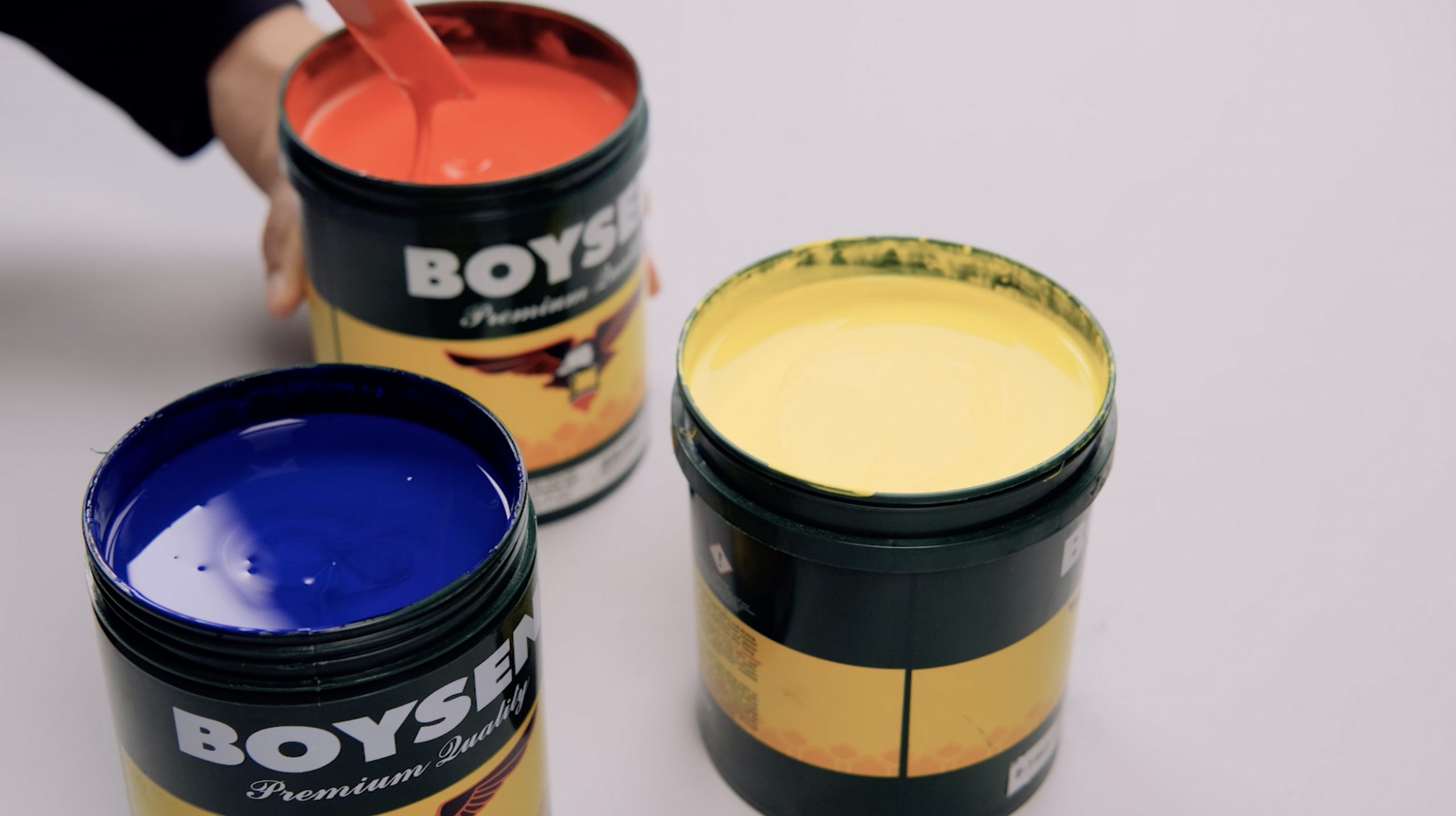
Hoping you learned something new today and that this blog post will help you avoid mistakes. Because, though life and experience make great teachers, it’s always best to come prepared for class either way. Wishing you problem-free painting!
If you have any questions or inquiries about Boysen products, our technical team will be happy to assist you. Send an email to ask@myboysen.com or call (02) 8363-9738 local 413 to 418 during office hours for a one-on-one consultation.

